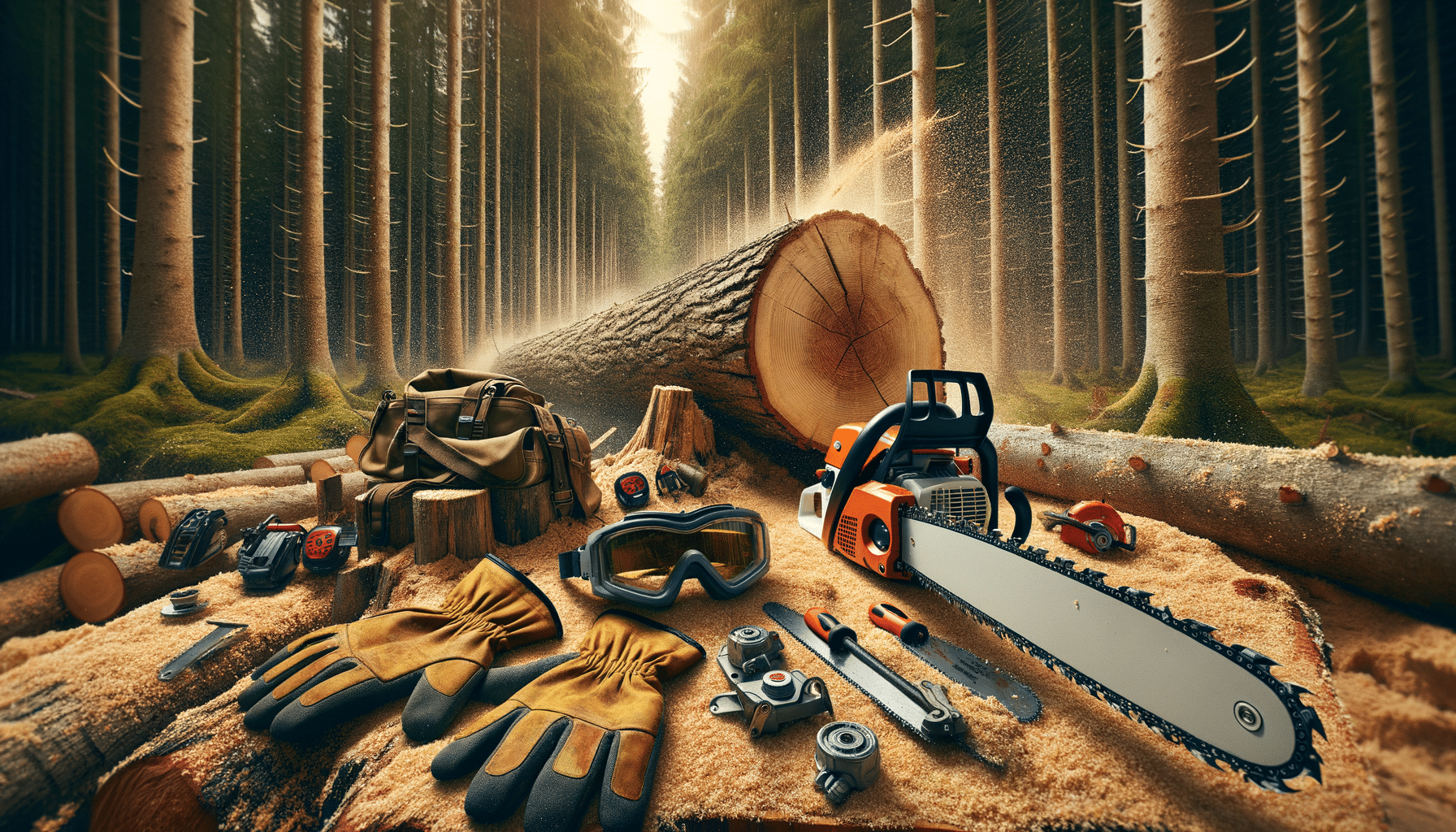
Chainsaw Choices: Navigating Types and Making the Right Selection
Understanding Chainsaw Varieties: A Comprehensive Guide
Chainsaws are indispensable tools for many tasks, from felling trees to trimming branches. However, not all chainsaws are created equal. They come in various types, each designed for specific purposes and user needs. Understanding these differences is essential for making an informed purchase. Chainsaws can be broadly categorized into gas-powered, electric, and battery-operated models. Each type offers unique advantages and potential drawbacks, influencing their suitability for different tasks.
Gas-powered chainsaws are renowned for their power and mobility, making them ideal for heavy-duty tasks. They are often favored by professionals and those tackling large trees or extensive logging operations. Electric chainsaws, on the other hand, are typically lighter and quieter, making them suitable for residential use and smaller projects. Battery-operated chainsaws combine the portability of gas models with the environmental benefits of electric ones, though they may not match the raw power of their gas counterparts.
When choosing a chainsaw, consider factors such as the type of work you will be doing, your experience level, and the frequency of use. For instance, a gas-powered chainsaw might be excessive for occasional light pruning, while a battery-operated model might lack the endurance for prolonged cutting sessions. By understanding the nuances of each type, you can select a chainsaw that aligns with your needs and ensures efficient and safe operation.
Gas-Powered Chainsaws: Powerhouses of the Forest
Gas-powered chainsaws are often the go-to choice for professional loggers and those with extensive woodcutting needs. These machines are powered by a two-stroke engine, offering robust power and the ability to cut through thick wood with relative ease. Their strength makes them suitable for felling large trees, cutting firewood, and handling other demanding tasks. However, with great power comes certain considerations.
One of the significant advantages of gas-powered chainsaws is their mobility. Unlike electric models, they are not tethered to a power source, allowing users to operate them in remote locations. This makes them ideal for large properties or forested areas. Additionally, gas chainsaws typically feature longer bars, enhancing their capability to tackle larger trees.
Despite their power, gas chainsaws require regular maintenance to ensure optimal performance. This includes tasks such as mixing fuel, cleaning air filters, and sharpening chains. They also tend to be heavier and louder than their electric counterparts, which can be a drawback for some users. Moreover, the emissions produced by gas engines may be a concern for environmentally conscious individuals. Understanding these factors is crucial when considering a gas-powered chainsaw for your toolkit.
Electric Chainsaws: Quiet and Efficient
Electric chainsaws offer a quieter and more environmentally friendly alternative to gas models. They are ideal for residential use, particularly in areas where noise regulations are a concern. Electric chainsaws are typically lighter and easier to handle, making them a great choice for beginners or those who do not require the power of a gas engine.
There are two main types of electric chainsaws: corded and cordless. Corded models provide a consistent power supply, making them suitable for tasks that require prolonged use. However, their reliance on a power outlet can limit mobility. Cordless electric chainsaws, powered by rechargeable batteries, offer greater flexibility and are perfect for light to medium-duty tasks around the garden or yard.
While electric chainsaws may not match the power of gas models, they excel in ease of use and maintenance. There is no need to mix fuel or deal with emissions, and starting them is as simple as pressing a button. For many homeowners, the convenience and efficiency of electric chainsaws make them a compelling choice for everyday tasks.
Battery-Operated Chainsaws: The Best of Both Worlds?
Battery-operated chainsaws are gaining popularity due to their blend of portability and environmental benefits. These models run on rechargeable lithium-ion batteries, offering the mobility of gas chainsaws without the emissions. They are an excellent choice for users who need to work in areas without easy access to power outlets but want to avoid the maintenance associated with gas engines.
One of the key advantages of battery-operated chainsaws is their ease of use. They start instantly with the push of a button, eliminating the hassle of pull cords. They are also quieter, making them suitable for use in noise-sensitive areas. However, the trade-off for these benefits is typically a reduction in power and battery life compared to gas models.
Battery life is a crucial consideration when choosing a battery-operated chainsaw. Users should assess their typical workload and ensure they have enough batteries to complete their tasks without interruption. Despite these considerations, the convenience and reduced environmental impact of battery chainsaws make them an appealing option for many users.
Choosing the Right Chainsaw: Factors to Consider
Selecting the right chainsaw involves evaluating several key factors, including the type of work, user experience, and budget. Here are some considerations to guide your decision:
- Purpose: Determine whether you need a chainsaw for heavy-duty tasks or lighter, occasional use.
- Power Source: Decide between gas, electric, or battery-operated models based on your mobility needs and environmental preferences.
- Bar Length: Choose a bar length appropriate for the size of the trees or branches you will be cutting.
- Weight and Handling: Consider the weight of the chainsaw and its ease of handling, especially if you will be using it for extended periods.
- Maintenance: Evaluate the maintenance requirements of each type and ensure you are comfortable with them.
By carefully considering these factors, you can select a chainsaw that not only meets your needs but also provides a safe and efficient cutting experience. Remember, the right chainsaw can make all the difference in your outdoor projects, offering both satisfaction and safety.

